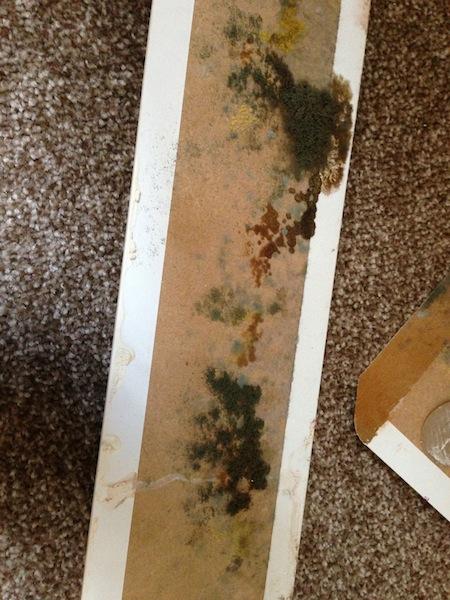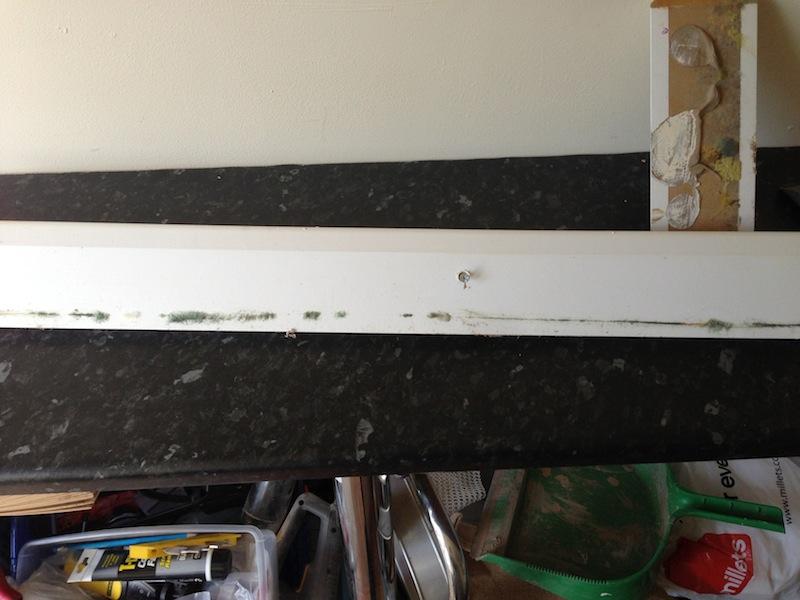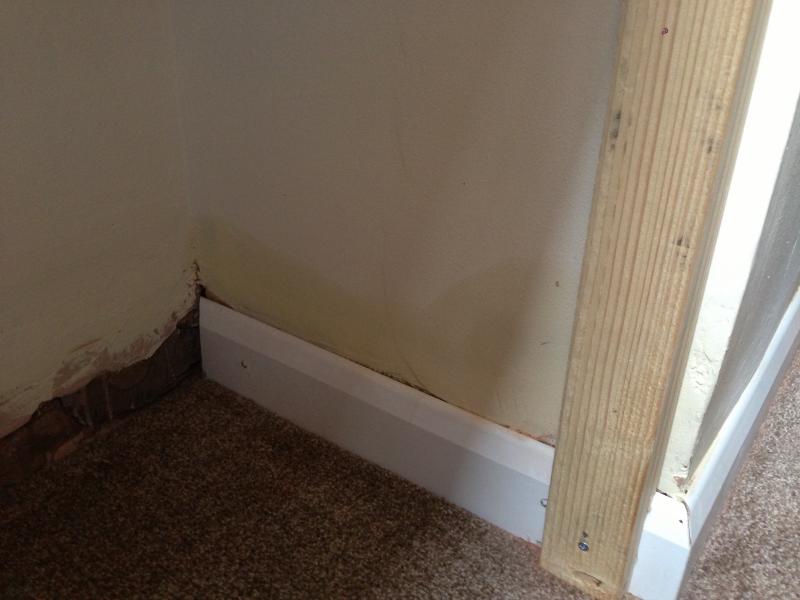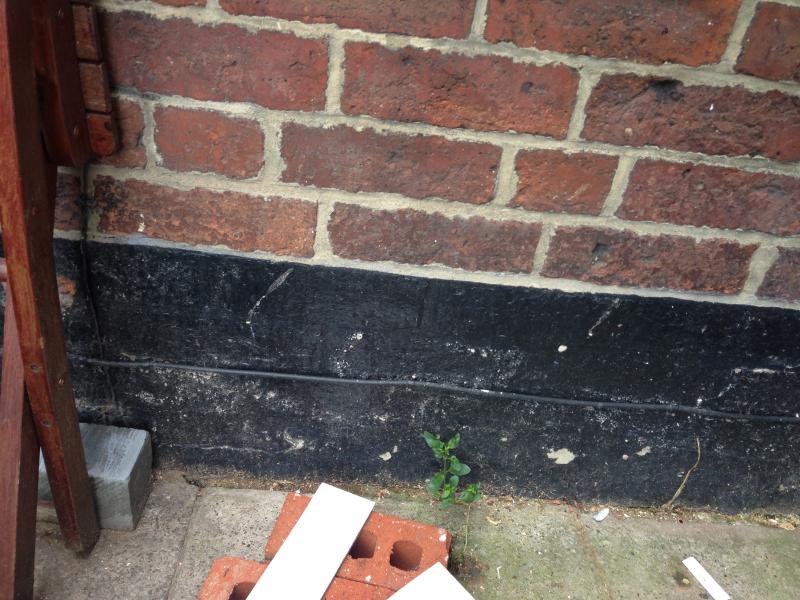Hi All
Really in need of some help from some experts on here.
We recently purchased a mid-terraced house and had the damp proofing done throughout. The guys knocked off the plaster, drilled holes and injected what looked like some sort of silicone based product into the walls.
We've since re-plastered and put the skirting boards on.
About 2 months after this mould has started to grow on our skirting boards, only where the damp proofing has been done though.
Please take a look at the photos.
Unfortunately the guy also did some building work for us and left before the job was finished, obviously we're not on speaking terms and the likelihood of him helping us out under warranty is nil.
Any help would be greatly appreciated. We will get another damp company in but I wanted some independent advice first.
Thanks
Really in need of some help from some experts on here.
We recently purchased a mid-terraced house and had the damp proofing done throughout. The guys knocked off the plaster, drilled holes and injected what looked like some sort of silicone based product into the walls.
We've since re-plastered and put the skirting boards on.
About 2 months after this mould has started to grow on our skirting boards, only where the damp proofing has been done though.
Please take a look at the photos.
Unfortunately the guy also did some building work for us and left before the job was finished, obviously we're not on speaking terms and the likelihood of him helping us out under warranty is nil.
Any help would be greatly appreciated. We will get another damp company in but I wanted some independent advice first.
Thanks






